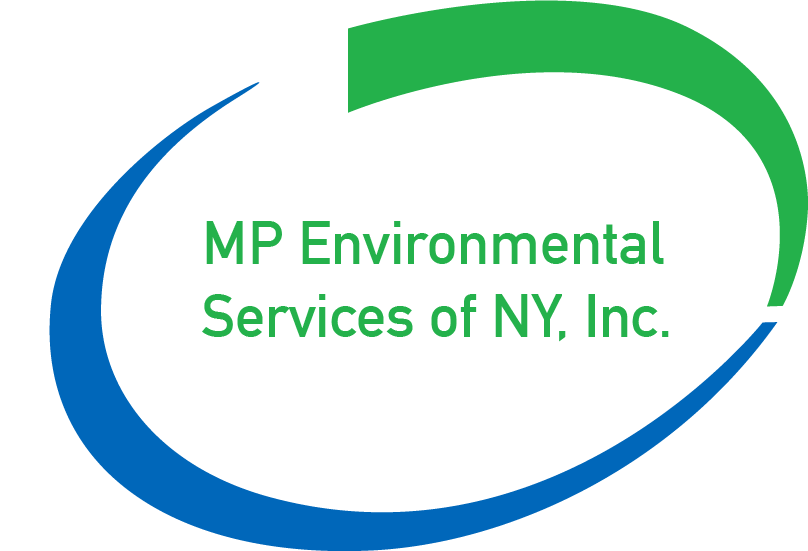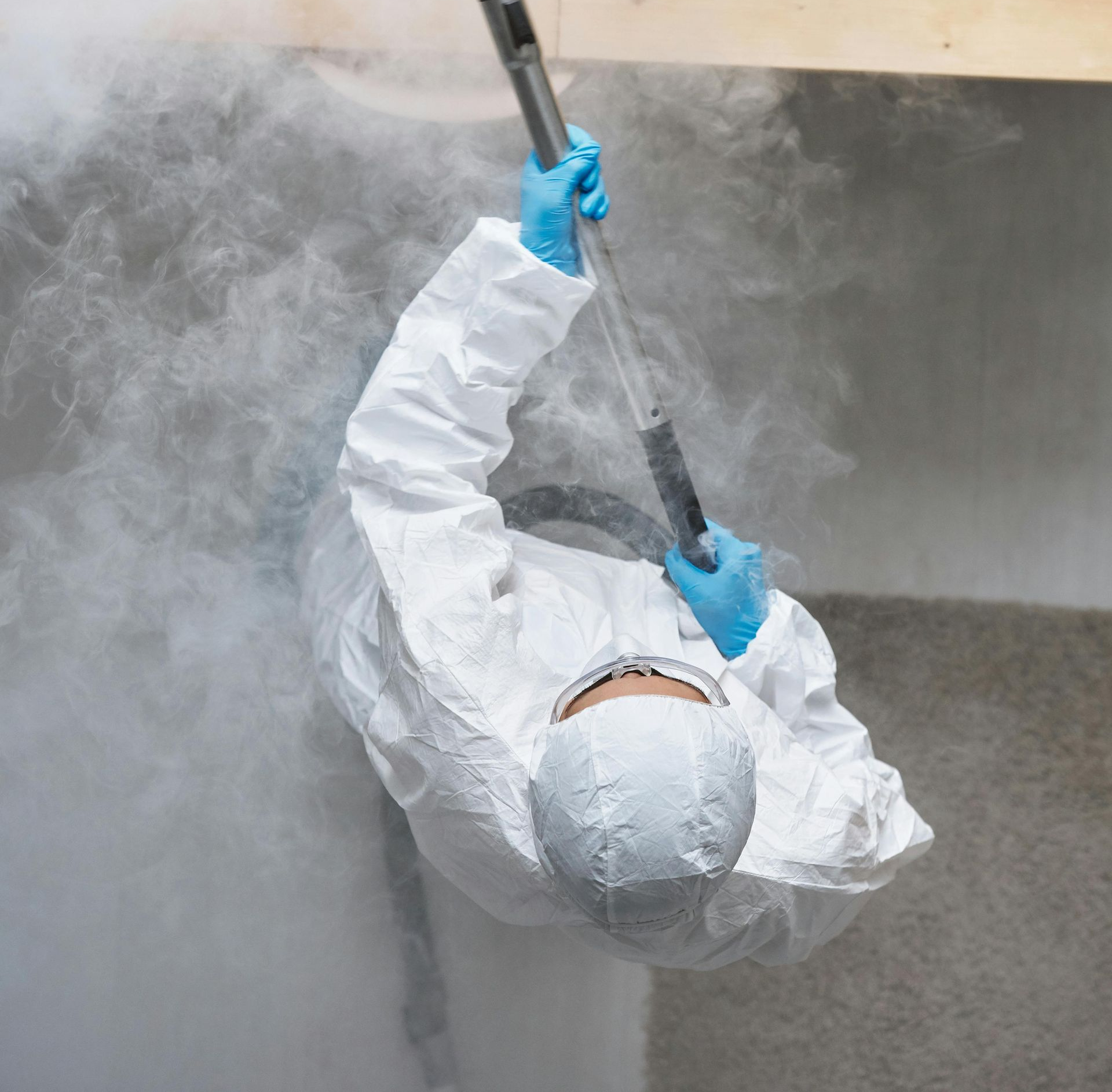Legacy Materials in Older Schools: What Facilities Teams Should Know Before Fall
How Facilities Teams Can Address Lead and PCB Hazards Before the School Year Begins

As schools across New York gear up for another academic year, facilities teams are deep in prep mode—cleaning classrooms, updating systems, and ensuring safety standards are met. But if your school was built or renovated before 1980, there may be legacy building materials still in place that deserve closer attention before students and staff return.
These materials—such as lead-based paint and PCB-containing caulks—aren’t always visible, but they can pose long-term health risks and compliance concerns if not properly managed. Fortunately, these issues are solvable with proactive remediation strategies—not panic.
What Are "Legacy Materials"?
Legacy materials are building components once considered safe and commonly used in construction—but later found to contain hazardous substances. In schools built between the 1950s and late 1970s, these materials may still be intact or aging in place, sometimes hidden behind newer renovations.
Two of the most important to be aware of:
Lead-Based Paint (LBP)
Used widely in schools, lead-based paint becomes dangerous when disturbed—during sanding, repairs, window replacements, or deterioration. Chips, dust, or airborne particles can expose both children and adults to toxic levels of lead.
Polychlorinated Biphenyls (PCBs) in Caulks and Sealants
PCBs were used to make building materials more flexible and long-lasting. Unfortunately, they’re also classified as probable human carcinogens and were banned in the U.S. in 1979. PCB-containing caulk is often found around windows, expansion joints, and masonry seams in older schools.
Why Fall Prep Is the Right Time for Remediation
The window between summer maintenance and the start of the school year is the perfect time to address known hazards. Here’s why:
- Empty classrooms make for easier access and faster project timelines
- Fewer scheduling conflicts with teaching staff and students
- Seasonal weather supports safer, more effective remediation work
At MP Environmental, we’ve worked with school facilities teams across the region to handle safe removal and proper disposal of hazardous materials—on a schedule that supports your operations and protects your community.
What Facility Teams Should Focus On (Without the Alarm)
Not every school has a problem, but every school built before 1980 should have a plan. If you know there are older paints, sealants, or finishes in your buildings, consider these steps:
- Review your building history: Note construction and renovation dates
- Look for aging materials: Cracked caulk, chipping paint, or worn-out windows
- Coordinate with professionals: Safe handling and removal must follow EPA and state regulations
- Avoid DIY approaches: Disturbing materials without proper containment can spread contamination
MP Environmental: Your Remediation Partner
We do not perform inspections, but once legacy materials are identified or suspected, MP Environmental steps in with:
✔️ EPA-compliant lead abatement
✔️ Safe removal of PCB-containing materials
✔️ Proper hazardous waste disposal
✔️ Full documentation for recordkeeping and compliance
Whether it’s a single classroom or a full-scale renovation, our experienced team helps schools navigate remediation with confidence and care.
Ready to Prep for a Safer School Year?
Start the new school year on the right foot, with confidence in the safety of your school buildings. If your facility team is planning maintenance, renovation, or simply wants to take a closer look at potential risks, we’re here to help.





